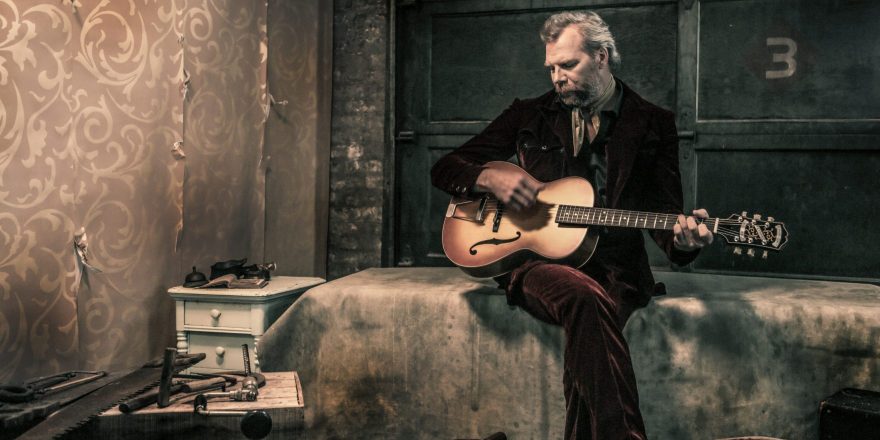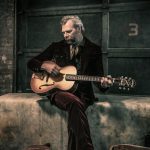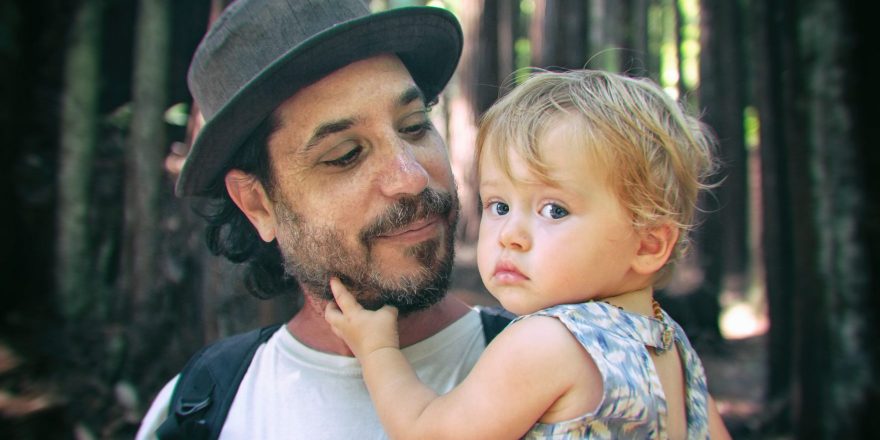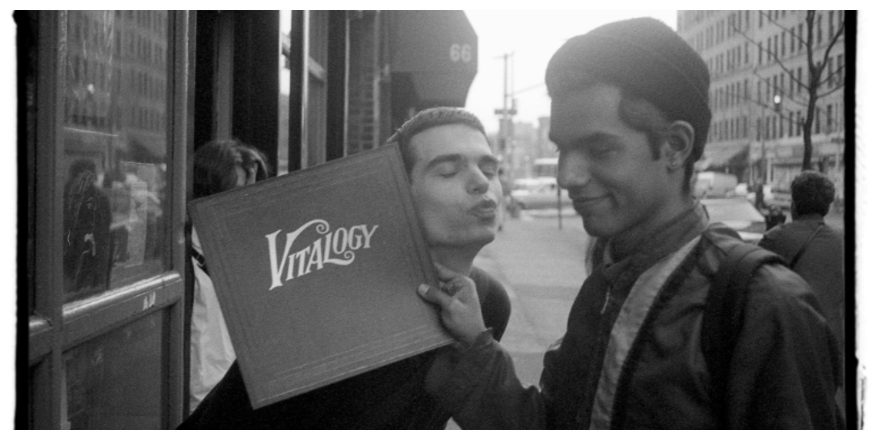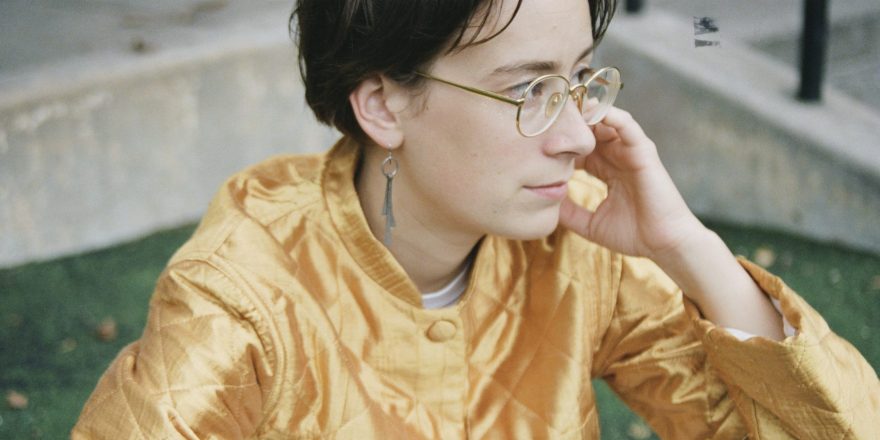I stood at the top and breathed deeply in and out for a long time, kicking my toe into the dust, repeatedly looking back to make sure everything was right. The air blew lightly up into my face, a sea breeze warmed by miles of flood plain and desert that now gently lifted as it met the mountain. The vast basin far below me was filled with houses, highways, hassles, people, details, mistakes. The fear I was feeling hadn’t decreased much after 58 times, but that was kind of why I was up there. I needed to face fear. It was totally quiet except for my measured breathing and the slight rustle of the breeze across my ears.
Since my teen years I had been involved in what could be called high-risk recreational activities: rock climbing, backcountry skiing, and surfing in places like Ocean Beach, and I had never had an accident. For reasons I’m still coming to understand, I decided to learn how to speedfly when I was 45 years old. From a practical and a statistical standpoint, speedflying is likely more dangerous than most other peacetime activities. I had wanted to fly for years but never had the nerve to actually do it. But by the summer of 2015, I had torpedoed my marriage, walked away from my wife of eight years and our home at the beach, and from our promising career together. I felt terrified, guilty, and hopeless. Turns out I had stumbled onto a sufficient supply of “fuck it” to finally take flying lessons. I spent a couple months living out of my van, bouncing between flying centers in Utah and Southern California, learning everything I could.
I don’t think it was a death wish, maybe just more of a midlife crisis. I needed to go fast, to fly free like a bird, and I didn’t have the money for a sports car or an airplane. Sometimes called a “death rag” by paraglider and hang glider pilots, a speedwing is a small fabric canopy that fits in a medium-sized backpack and allows the pilot to hike up a mountain and run off a small launch spot and, under this wing, descend rapidly and generally close to the terrain. It is absolutely thrilling. Sitting around a campfire with speedfliers you’ll hear few stories about the good old days. Most of the talk is about accidents and people who are no longer living.
I leaned forward and began to run toward the edge, heaving my shoulders against the harness as the wing cells filled with air and climbed over my head. I snuck a quick glance upward to confirm it was inflated properly before I reached the point of no return. The hillside dropped away rapidly and I was flying, the wind roaring past my face and ears. One of my instructors had once told me, “Launching is optional. Landing is mandatory.” No matter how scared I felt at that moment I was totally committed. This was the stuff. I cawed with exhilaration as I steepened into the first of five or six pendulous turns, the steep mountainside rushing beneath my legs. But then my glider developed something called “Pilot Induced Oscillations,” in which the wing is rocking side to side seemingly uncontrollably. It isn’t good. I had experienced them before and I certainly wasn’t trying to induce them on this or any other flight. Bear in mind that a pilot with sixty flights under his or her belt is still very much a novice. By the time I had controlled the oscillations I saw that I had already lost too much altitude to be able to complete my upwind approach over the landing zone. I knew I was going to land badly and just needed to make it as gentle as possible on my body. At this point I was not feeling fear, only intense focus within a few molasses-slow moments.
I underwent over 20 surgeries on my left ankle and a few on my pelvis. I contracted a stubborn bone infection. I spent a total of six months in three different hospitals over three years. I was on powerful intravenous antibiotics for months at a time. My family, friends, and bandmates were subjected to years of worry and uncertainty. A crowdsourcing campaign raised tens of thousands of dollars toward my uncovered medical bills. Inevitably, I had become addicted to the opioids I was prescribed. I watched life march on without me and I felt the darkest despair I have ever known. In the end, I limped away from the experience with a fixed ankle, a heavy credit card debt, and a new, if somewhat unclear, outlook on what it means to face my fears. My judgement was suspect at the very least. I actually found entirely new categories of fears to be faced, ones that had never occurred to me. In that sense, the experience was positive.
I don’t believe that confronting my fears has made me less afraid. In fact I think it has made me more cautious in general. I have even noticed hesitation at moments when there should only be commitment, a potentially dangerous thing, and that disturbs me. I am still wanting to face the things that terrify me, like failing at a relationship or a career, jumping off a mountain, going broke, swimming a big rapid, telling the truth when it’s hard, dying alone. I can’t even imagine how scary it is to have children in this world. But now I have a fairly realistic sense of what the consequences of flying in the face of fear can really be. I hope we all win those confrontations every time but that is unlikely. I am grateful to have survived my experience relatively unscathed. Many do not. Nevertheless, the beast was bigger than I bargained for. I really had no idea, and now I do. As the saying goes, “The more you know, the less you know.”


